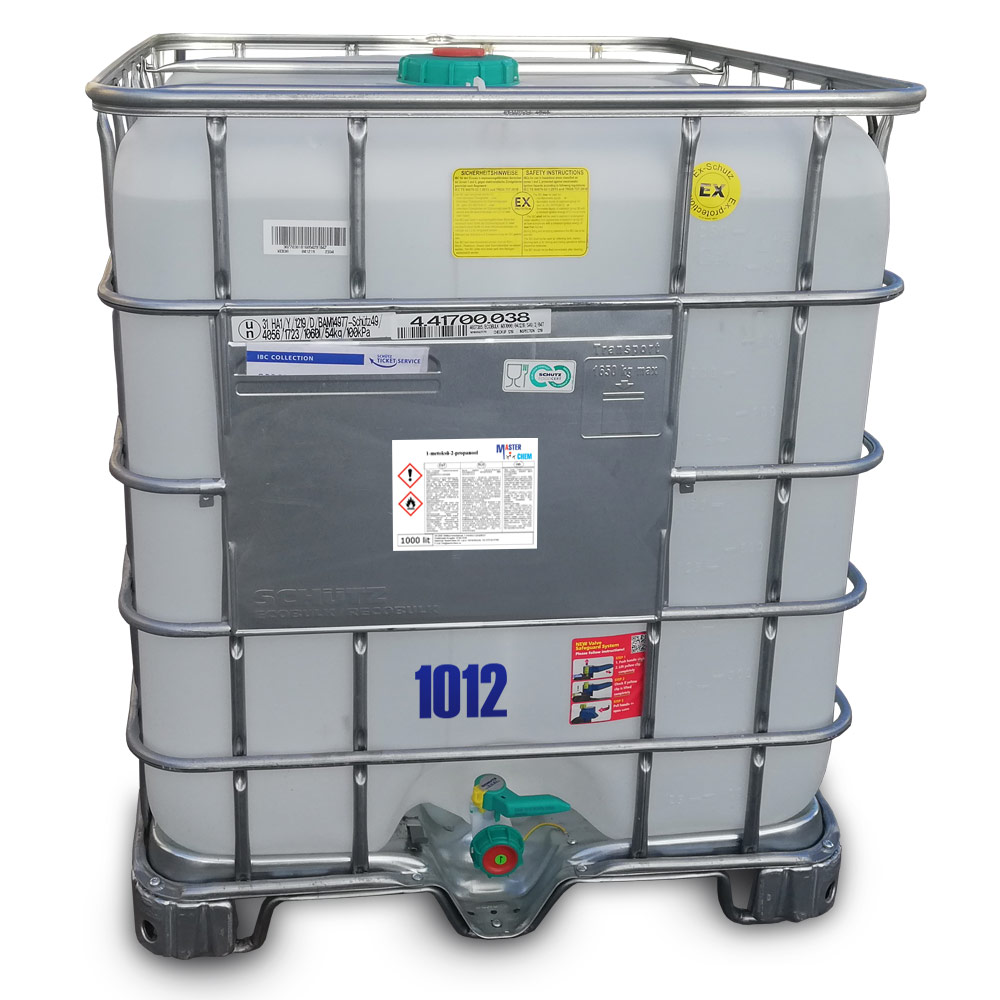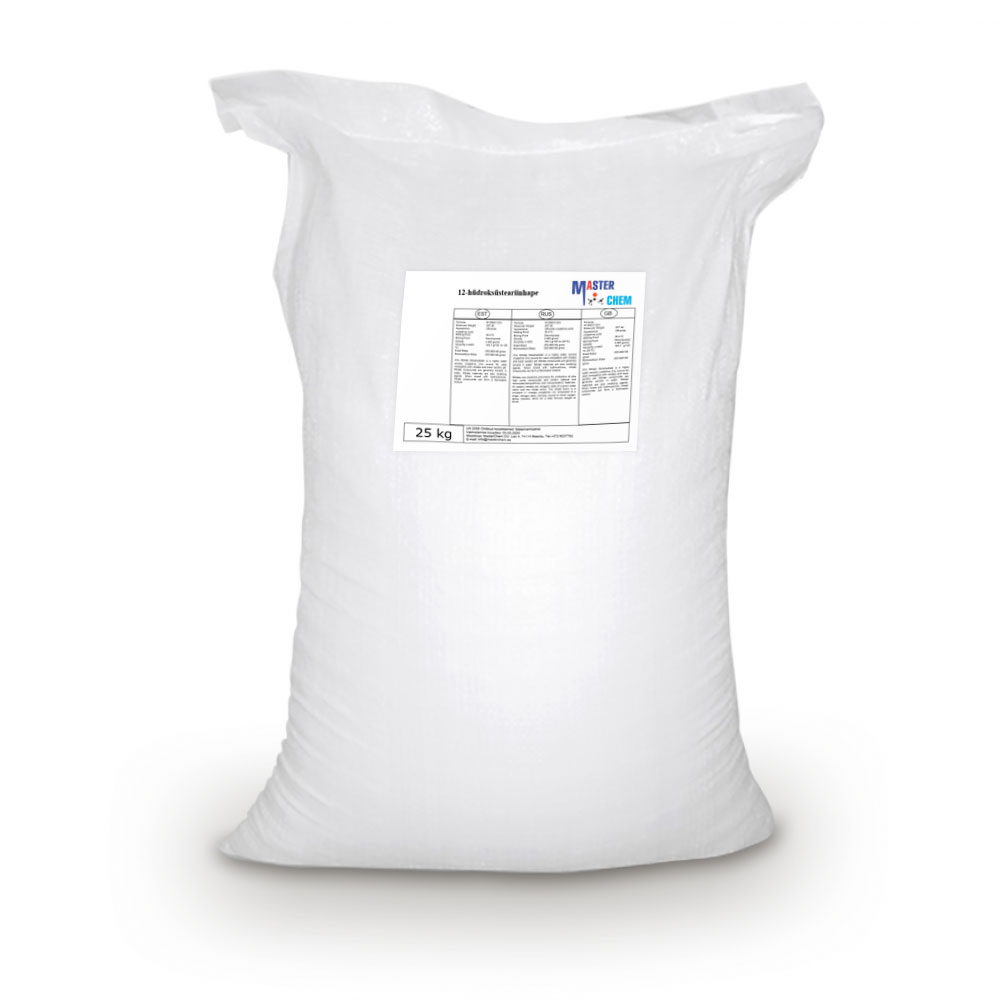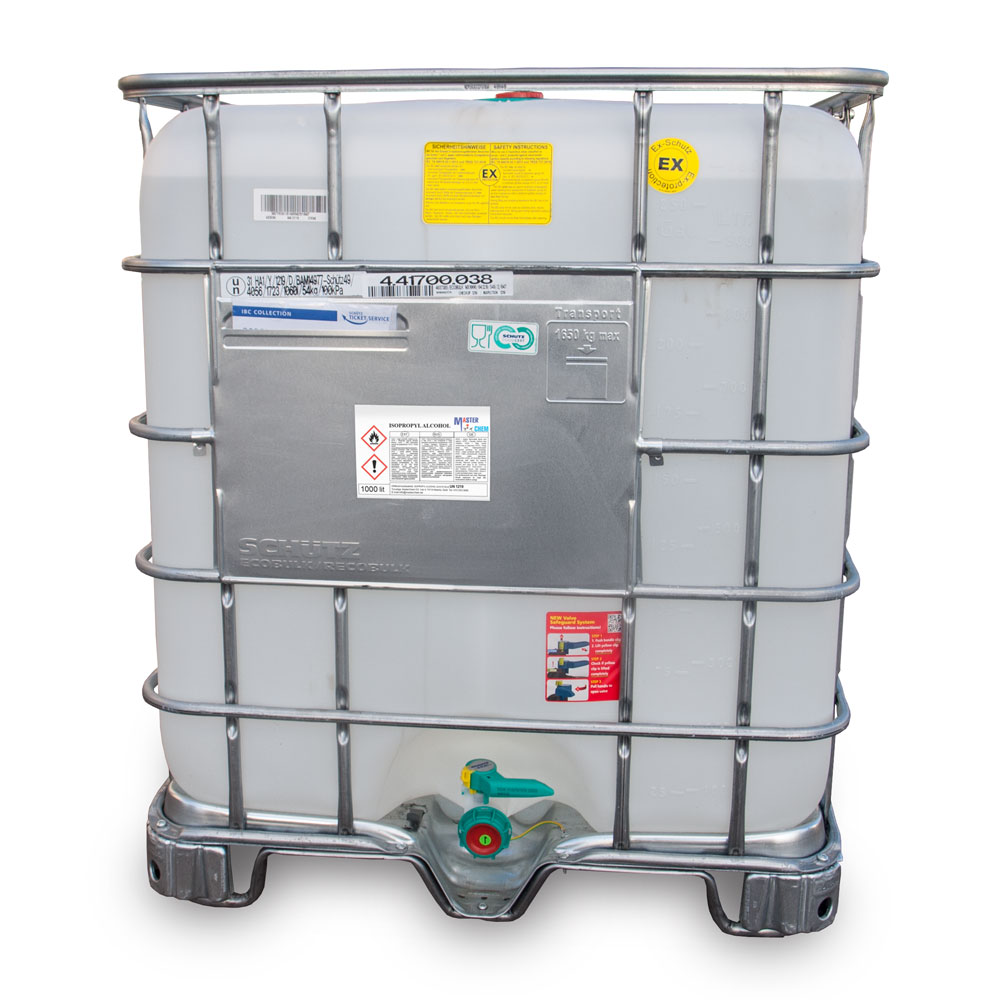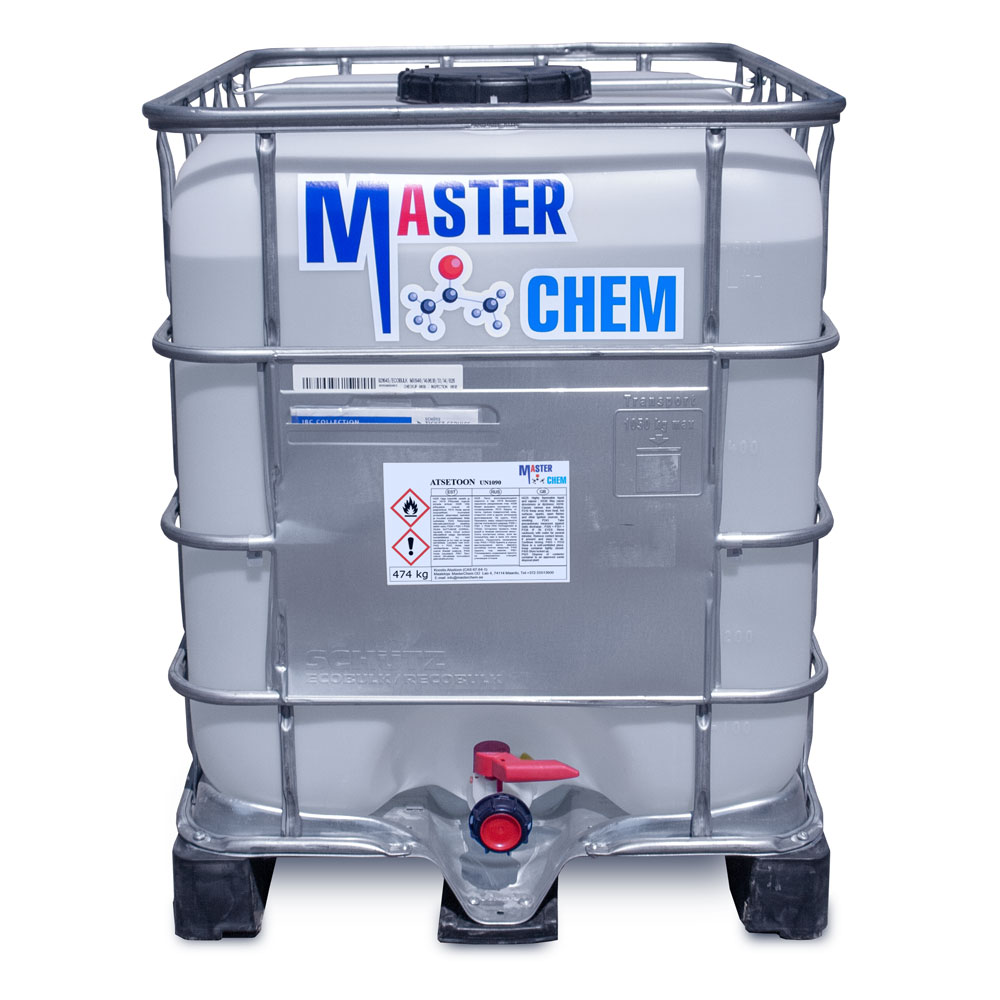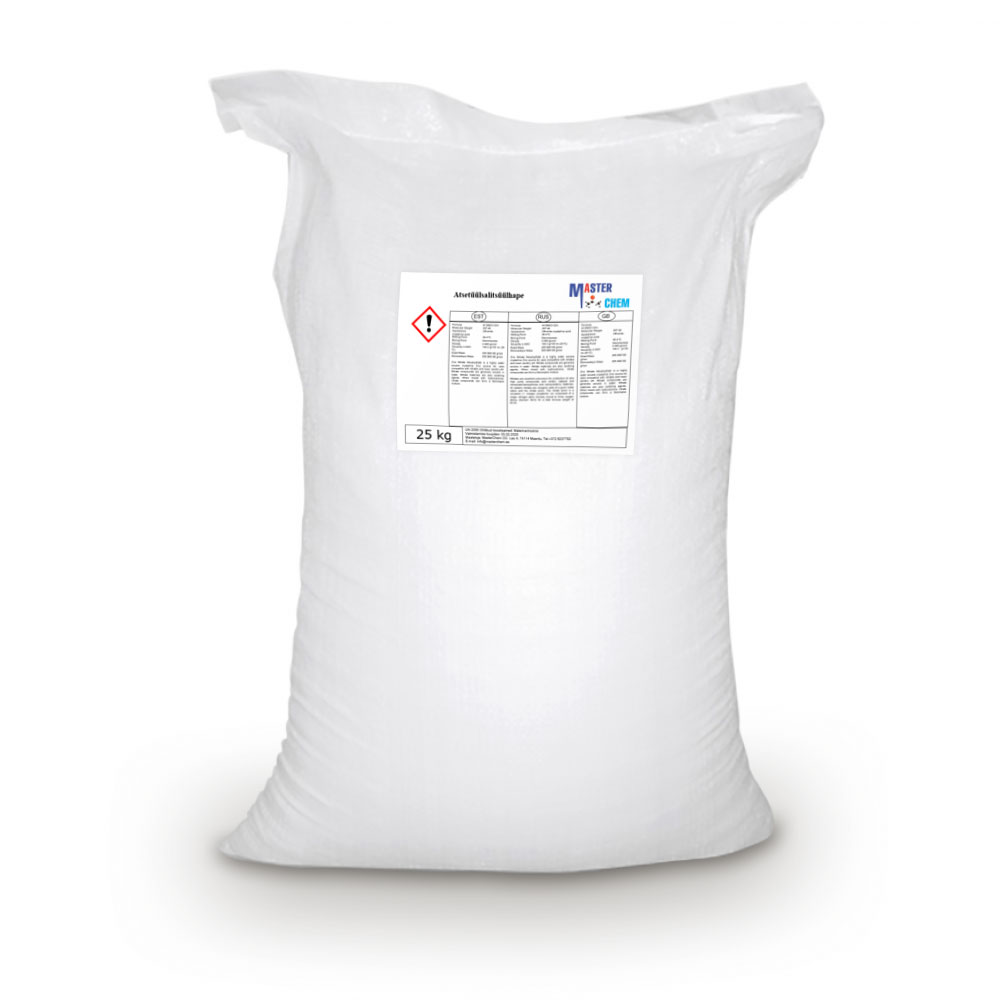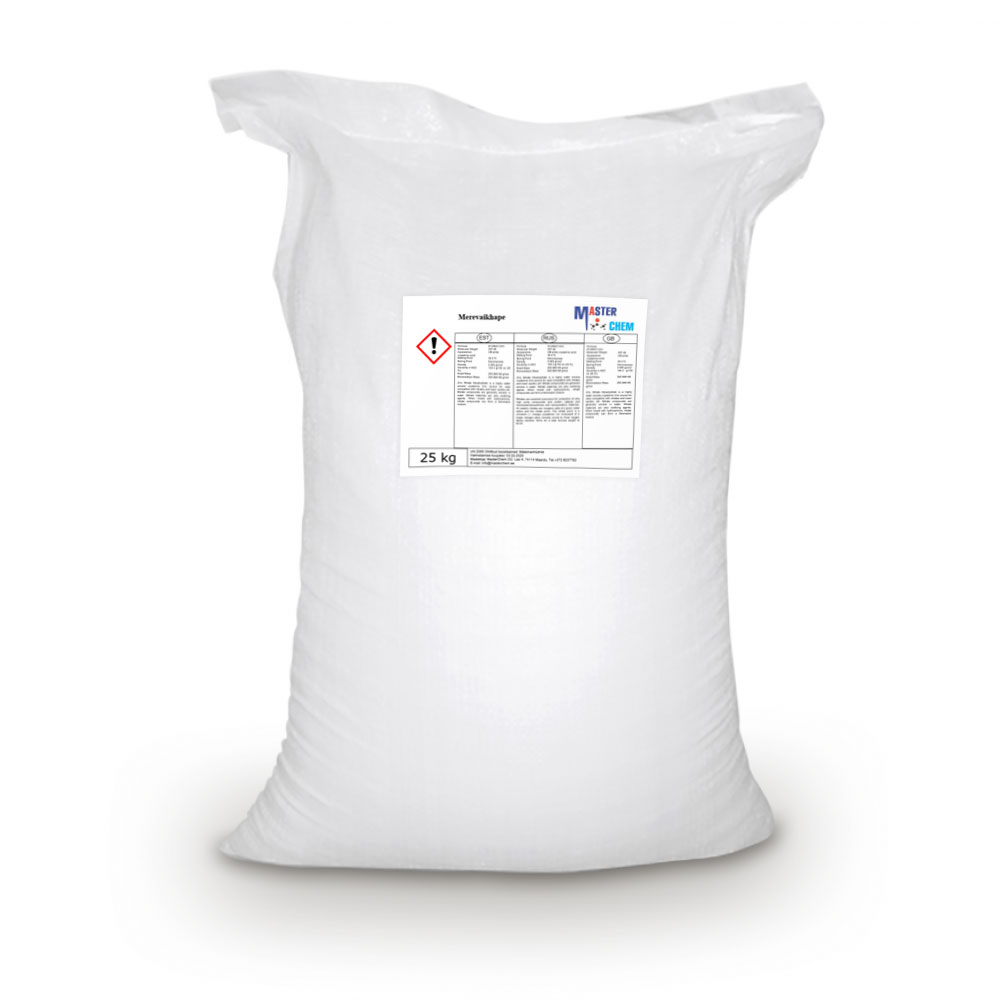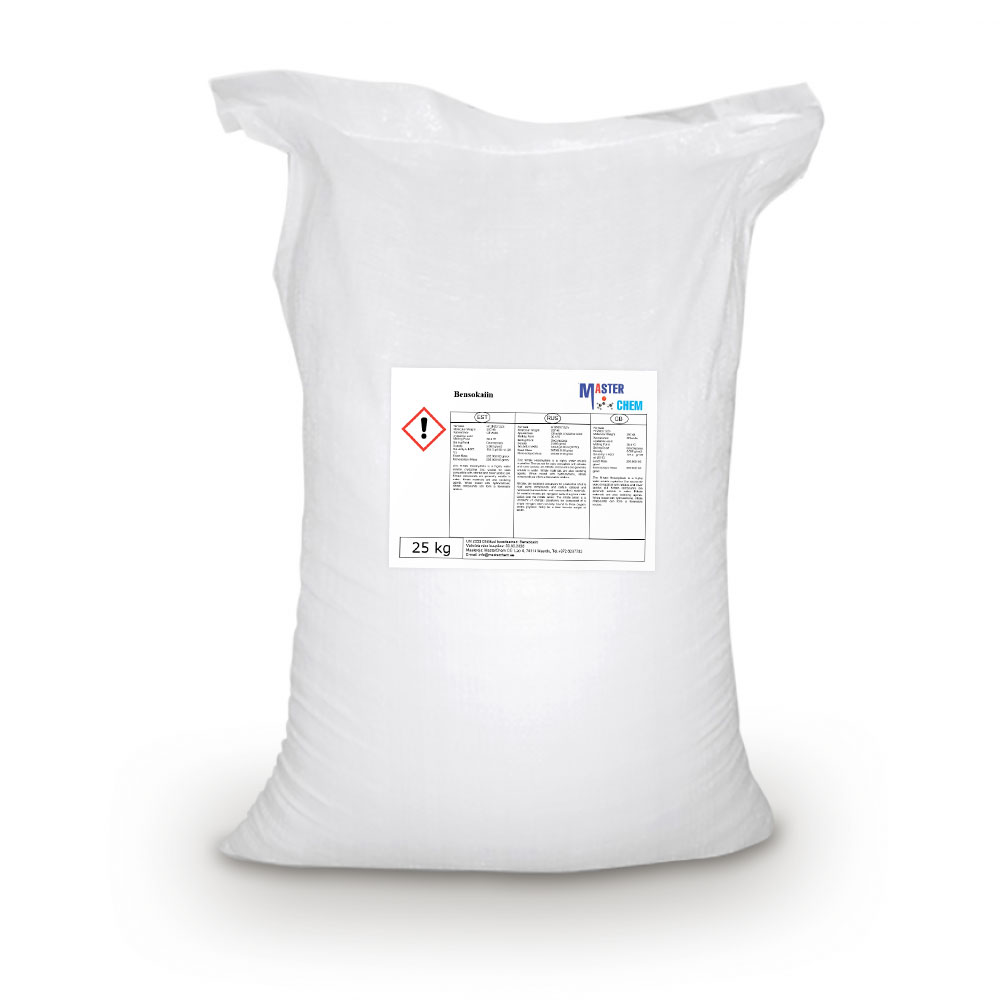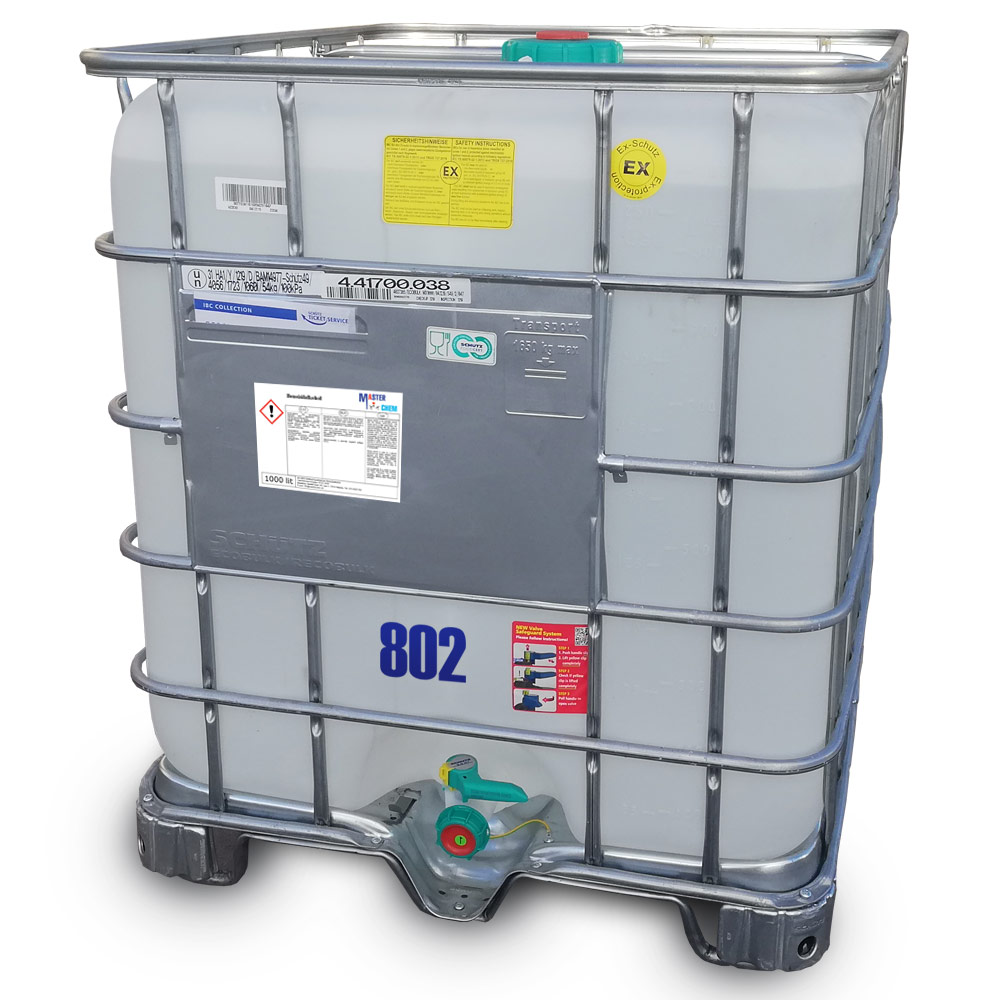Currently Empty: €0.00
1-Methoxy-2-propanol (CAS 107-98-2)
Other names: 1-methoxy-2-propanol, methoxypropanol, propylene glycol monomethyl ether
Description:
Methoxypropanol is a colorless, water-miscible liquid with a mild alcohol smell and medium volatility. Methoxypropanol mixes well with water and other organic solvents, dissolves many organic substances well, methoxypropanol can act as a substitute for many glycols (E-series).
Methoxypropanol is used as a solvent for printing inks: it provides good solubility for a wide range of resins, including acrylic, epoxy, alkyd, polyester, nitrocellulose and polyurethane.
CAS: 107-98-2
12-Hydroxystearic Acid (CAS 106-14-9)
12-Hydroxystearic Acid (CAS 106-14-9)
12-hydroxy stearic acid is one of many castor oil derivatives sold by Acme-Hardesty. Also known as 12-hydroxystearic acid and 12-HSA, it is used as a thickener for silicon grease, as a rubber activator/accelerator and in the manufacture of certain personal care products, among other applications. Use our product as a sustainable alternative to other emollients and thickeners. For more information about potential applications, please refer to the stearic acid wiki or contact an Acme-Hardesty representative directly.
Product Properties
12-hydroxy stearic acid is sold in flakes and packaged in 25kg bags and supersacks. It is available for purchase in our online store, or by contacting our office directly. Store our 12-hydroxystearic at ambient temperatures for up to two years without worrying about degradation.
Acetylsalicylic Acid (CAS 50-78-2)
Acetylsalicylic Acid (CAS 50-78-2)
Aspirin, also known as acetylsalicylic acid (ASA), is a nonsteroidal anti-inflammatory drug (NSAID) used to reduce pain, fever, and/or inflammation, and as an antithrombotic. Specific inflammatory conditions which aspirin is used to treat include Kawasaki disease, pericarditis, and rheumatic fever.
Aspirin decomposes rapidly in solutions of ammonium acetate or the acetates, carbonates, citrates, or hydroxides of the alkali metals. It is stable in dry air, but gradually hydrolyses in contact with moisture to acetic and salicylic acids. In solution with alkalis, the hydrolysis proceeds rapidly and the clear solutions formed may consist entirely of acetate and salicylate.
Allantoin (CAS 97-59-6)
Allantoin (CAS 97-59-6)
Allantoin is a chemical compound with formula C4H6N4O3. It is also called 5-ureidohydantoin or glyoxyldiureide. It is a diureide of glyoxylic acid. Allantoin is a major metabolic intermediate in most organisms including animals, plants and bacteria. It is produced from uric acid, which itself is a degradation product of nucleic acids, by action of urate oxidase (uricase).
Allantoin is present in botanical extracts of the comfrey plant and in the urine of most mammals. Chemically synthesized bulk allantoin, which is chemically equivalent to natural allantoin, is safe, non-toxic, compatible with cosmetic raw materials and meets CTFA and JSCI requirements. Over 10,000 patents reference allantoin.
Aluminium hydroxide (CAS 21645-51-2)
Aluminium hydroxide (CAS 21645-51-2)
Aluminium hydroxide, Al(OH)3, is found in nature as the mineral gibbsite (also known as hydrargillite) and its three much rarer polymorphs: bayerite, doyleite, and nordstrandite. Aluminium hydroxide is amphoteric, i.e., it has both basic and acidic properties. Closely related are aluminium oxide hydroxide, AlO(OH), and aluminium oxide or alumina (Al2O3), the latter of which is also amphoteric. These compounds together are the major components of the aluminium ore bauxite.
Amber Acid (CAS 110-15-6)
Amber Acid (CAS 110-15-6)
Succinic acid (/səkˈsɪnɪk/) is a dicarboxylic acid with the chemical formula (CH2)2(CO2H)2. In living organisms, succinic acid takes the form of an anion, succinate, which has multiple biological roles as a metabolic intermediate being converted into fumarate by the enzyme succinate dehydrogenase in complex 2 of the electron transport chain which is involved in making ATP, and as a signaling molecule reflecting the cellular metabolic state.
Succinate is generated in mitochondria via the tricarboxylic acid cycle (TCA). Succinate can exit the mitochondrial matrix and function in the cytoplasm as well as the extracellular space, changing gene expression patterns, modulating epigenetic landscape or demonstrating hormone-like signaling. As such, succinate links cellular metabolism, especially ATP formation, to the regulation of cellular function.
Dysregulation of succinate synthesis, and therefore ATP synthesis, happens in some genetic mitochondrial diseases, such as Leigh syndrome, and Melas syndrome, and degradation can lead to pathological conditions, such as malignant transformation, inflammation and tissue injury.
Succinic acid is marketed as food additive E363. The name derives from Latin succinum, meaning amber.
Barium sulfate (CAS 7727-43-7)
Barium sulfate (CAS 7727-43-7)
Barium sulfate (or sulphate) is the inorganic compound with the chemical formula BaSO4. It is a white crystalline solid that is odorless and insoluble in water. It occurs as the mineral barite, which is the main commercial source of barium and materials prepared from it. The white opaque appearance and its high density are exploited in its main applications.
Benzocaine (CAS 94-09-7)
Benzocaine (CAS 94-09-7)
Benzocaine is an ester of paraaminobenzoic acid, lacking the terminal diethylamino group of procaine, with anesthetic activity. Benzocaine binds to the sodium channel and reversibly stabilizes the neuronal membrane which decreases its permeability to sodium ions. Depolarization of the neuronal membrane is inhibited, thereby blocking the initiation and conduction of nerve impulses.
Benzyl alcohol (CAS 100-51-6)
Benzyl alcohol is used as a general solvent for inks, waxes, shellacs, paints, lacquers, and epoxy resin coatings. Thus it can be used in paint strippers, especially when combined with compatible viscosity enhancers to encourage the mixture to cling to painted surfaces.
It is a precursor to a variety of esters and ethers, used in the soap, perfume, and flavor industries. E.g. benzyl benzoate, benzyl salicylate, benzyl cinnamate, dibenzyl ether, benzyl butyl phthalate.
It is also used in e-liquid for e-cigarettes to enhance the flavors used. When applied to damaged skin or mucous membranes at a 10% concentration, it acts as a local anesthetic and antimicrobial agent. It can be utilized as a degreaser in rug cleaning products. As a dye solvent, it enhances the process of dying wool, nylon, and leather. It also has use as a photographic film developer and as an insect repellent.
CAS: 100-51-6
Beta alanine (CAS 107-95-9)
Beta alanine (CAS 107-95-9)
β-Alanine (or beta-alanine) is a naturally occurring beta amino acid, which is an amino acid in which the amino group is attached to the β-carbon (i.e. the carbon two atoms away from the carboxylate group) instead of the more usual α-carbon for alanine (α-alanine). The IUPAC name for β-alanine is 3-aminopropanoic acid. Unlike its counterpart α-alanine, β-alanine has no stereocenter.


